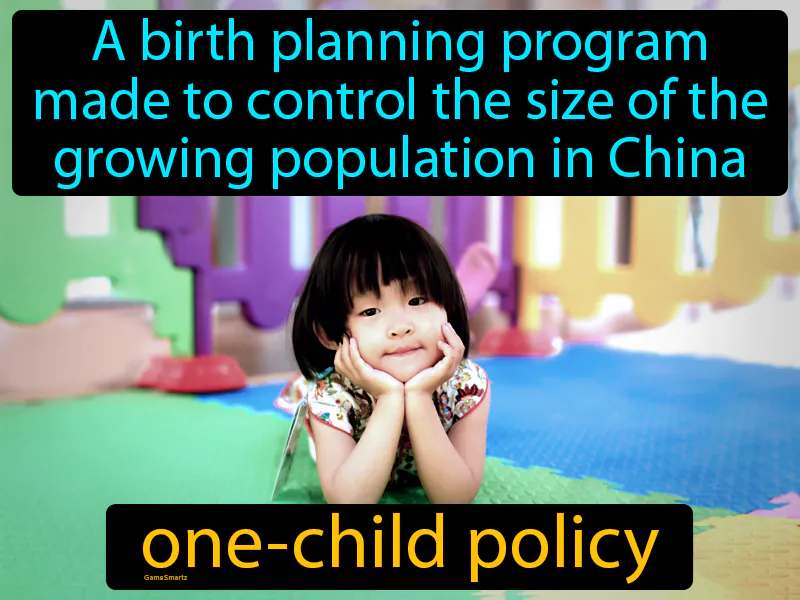One-child Policy
One-child Policy: Easy to understand
The one-child policy was introduced in China in 1979 to control the rapidly growing population and prevent economic and environmental strain. At the time, China's leaders believed that reducing the birth rate was crucial for improving living standards and economic development. However, this policy led to significant social issues, such as an aging population and a gender imbalance due to a cultural preference for male children. Today, its effects are still felt, as China faces workforce shortages and the challenge of supporting an increasing number of elderly citizens. For example, young adults in China today often experience pressure to care for multiple older family members, which can impact their financial stability and personal lives.

Practice Version

One-child Policy: A birth planning program made to control the size of the growing population in China. One-child policy. In history, the one-child policy was a measure implemented by China to limit most families to having only one child, aiming to curb population growth.